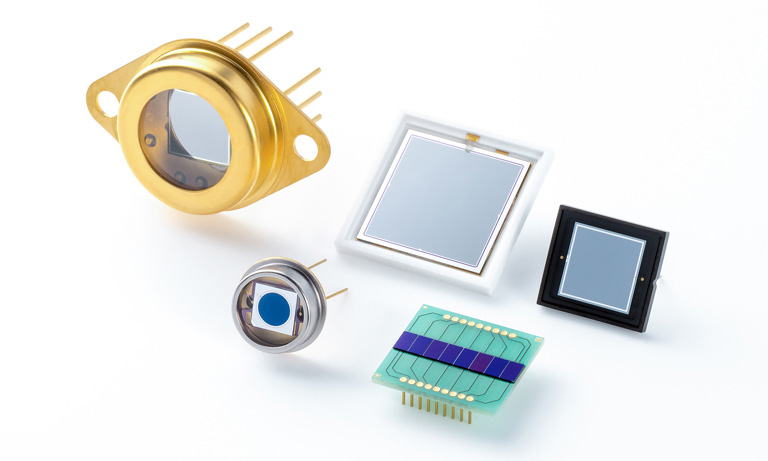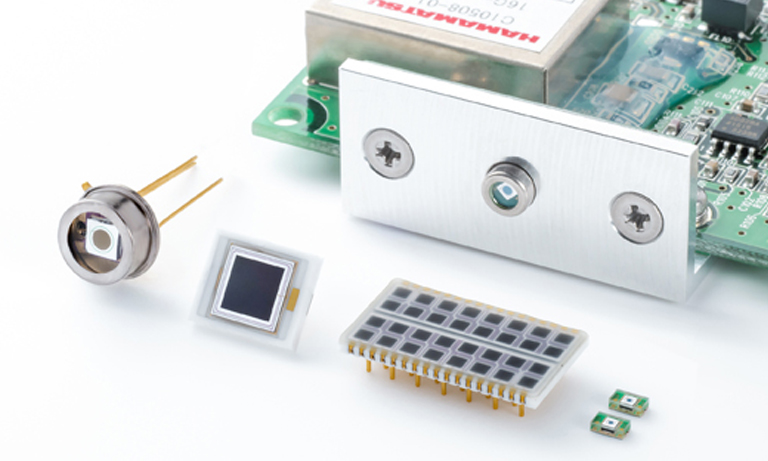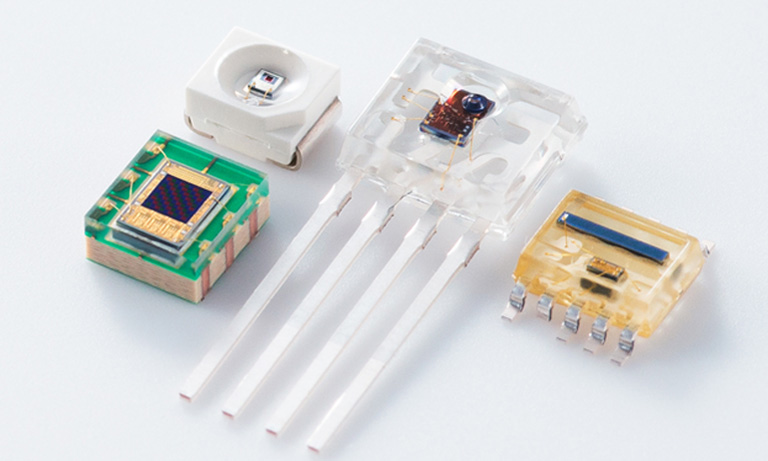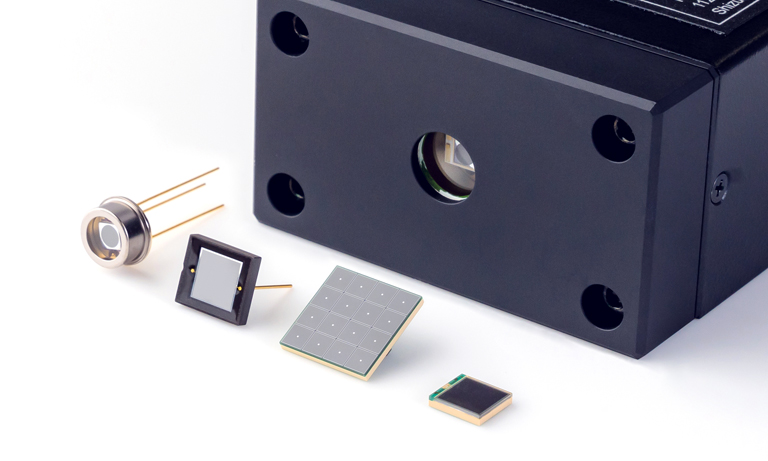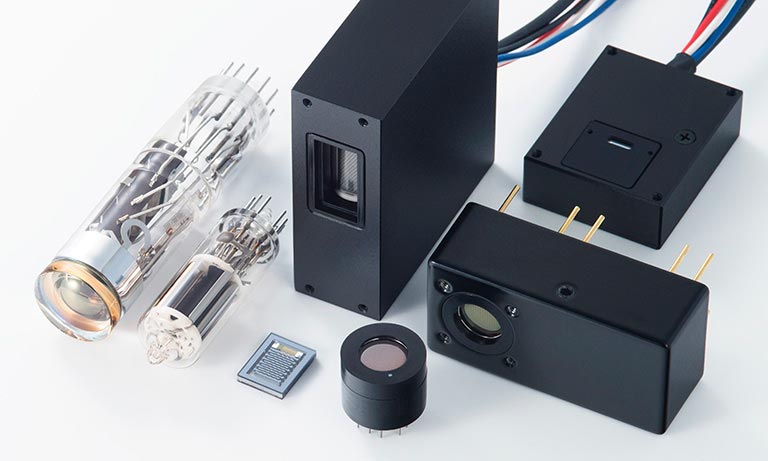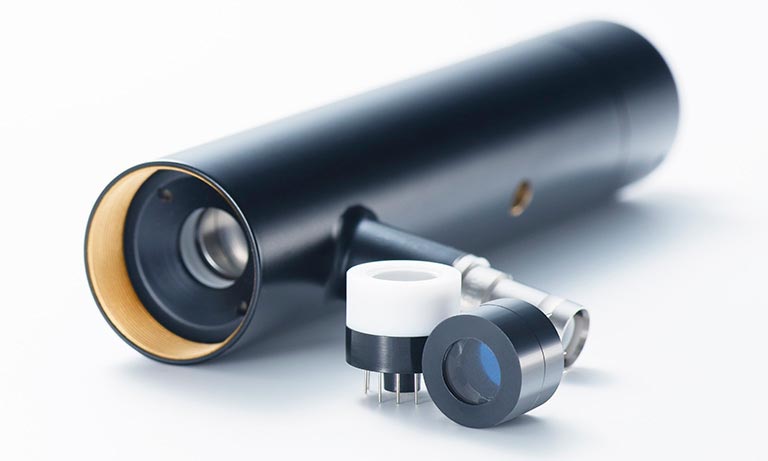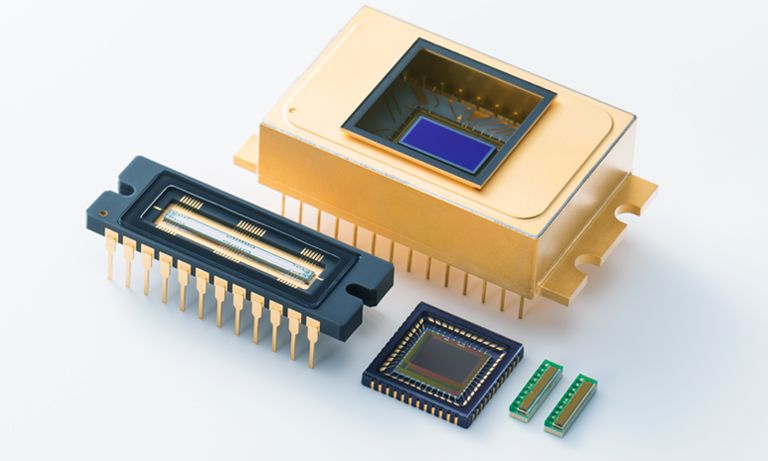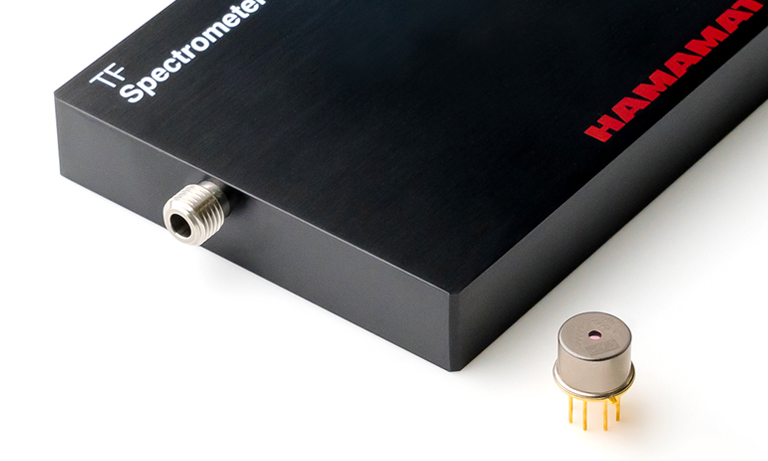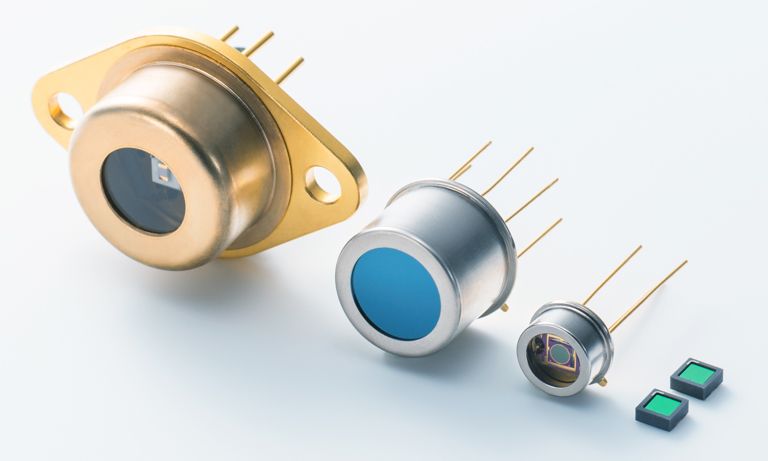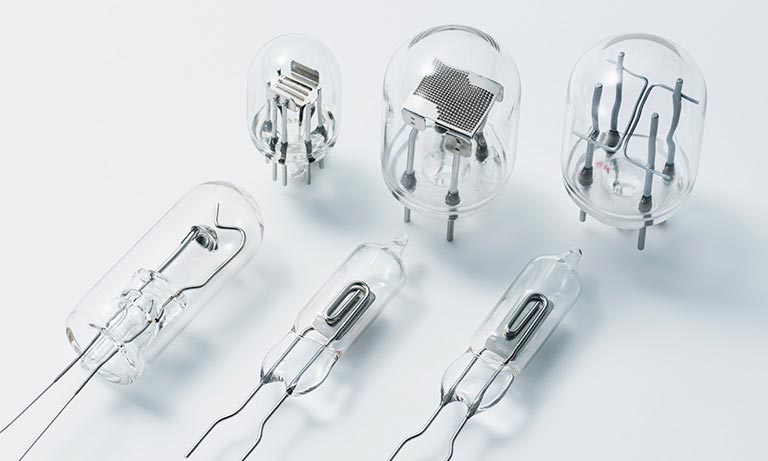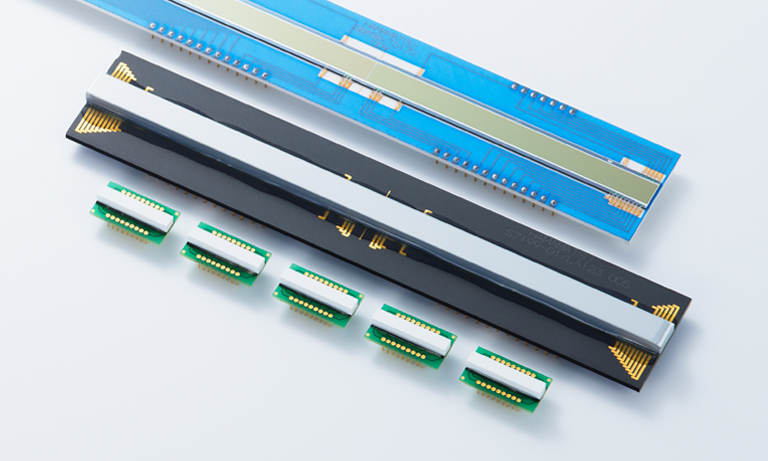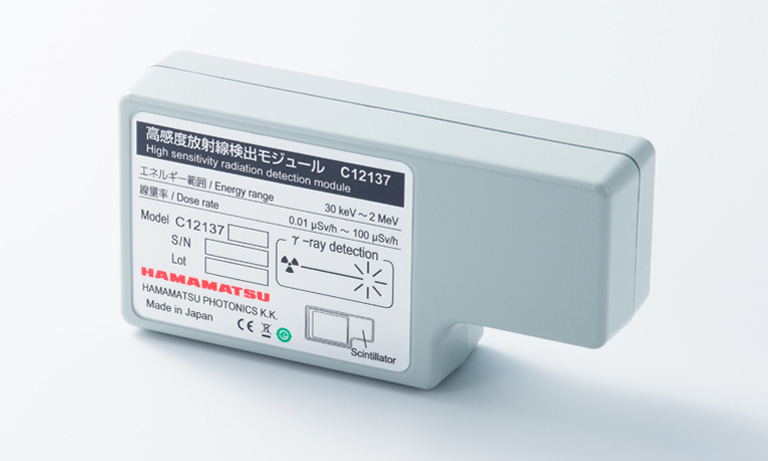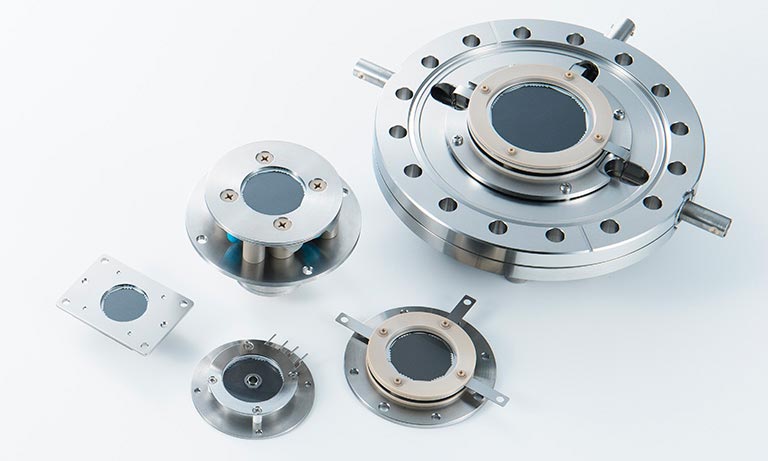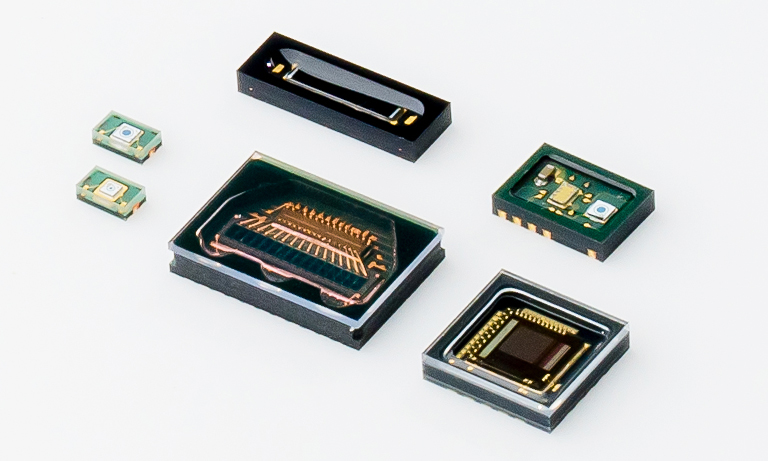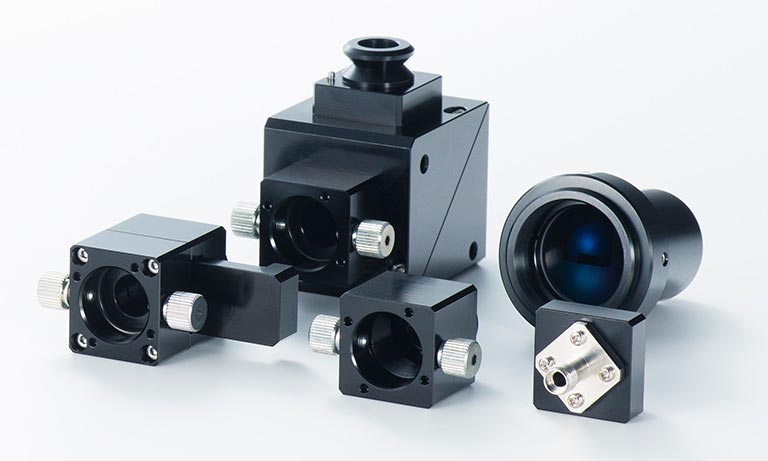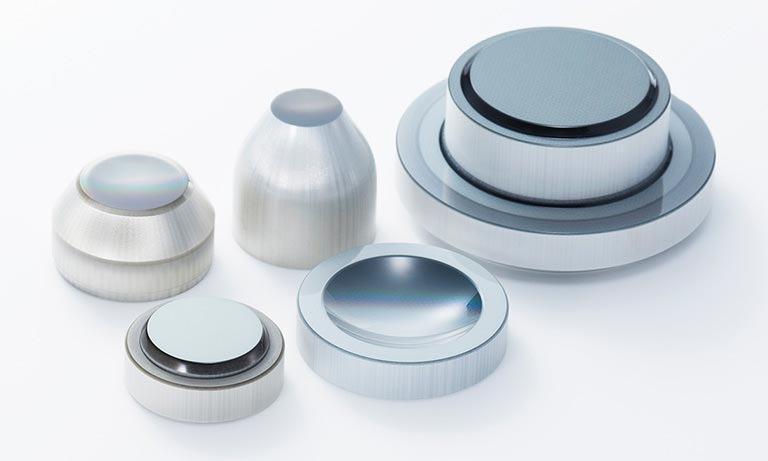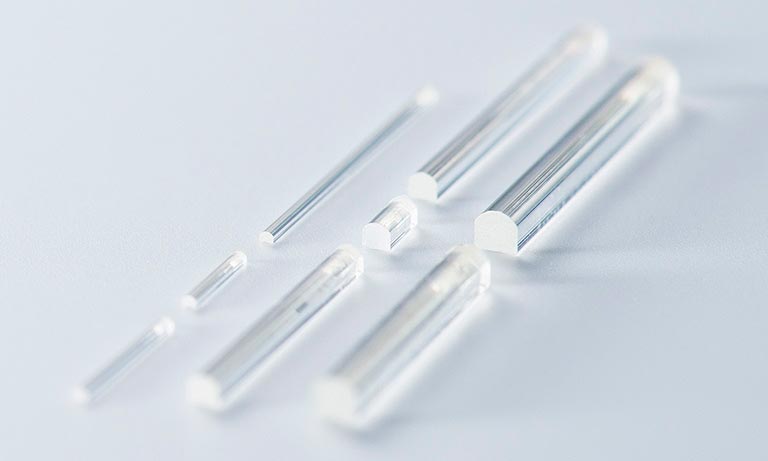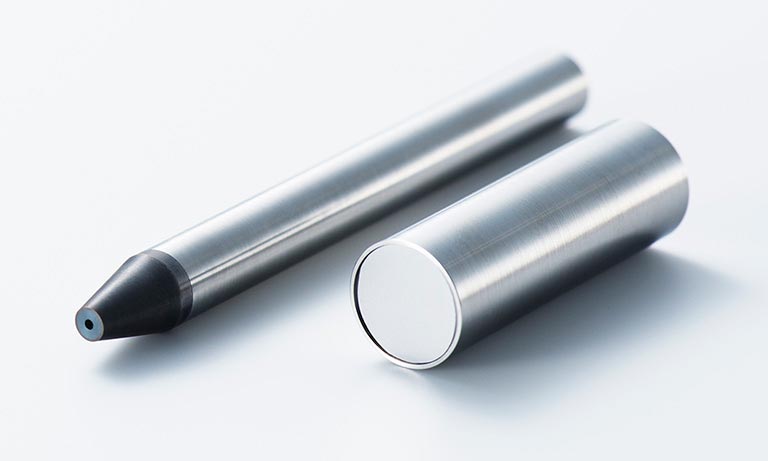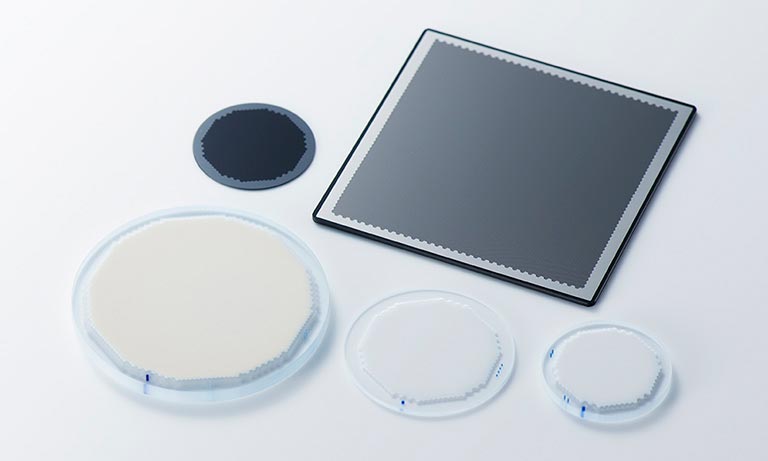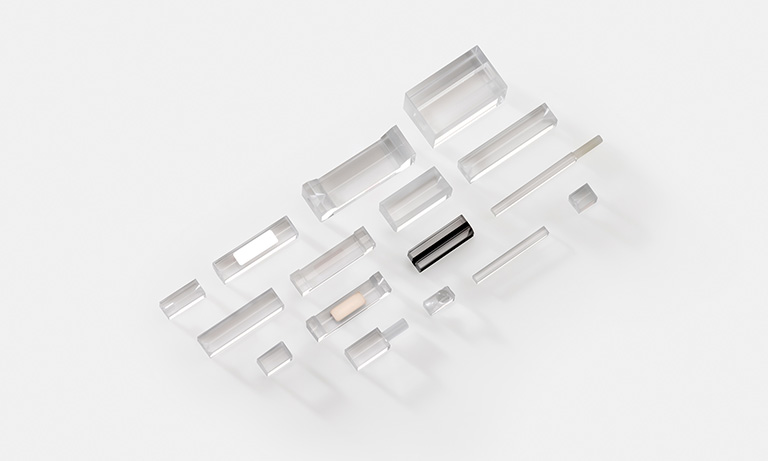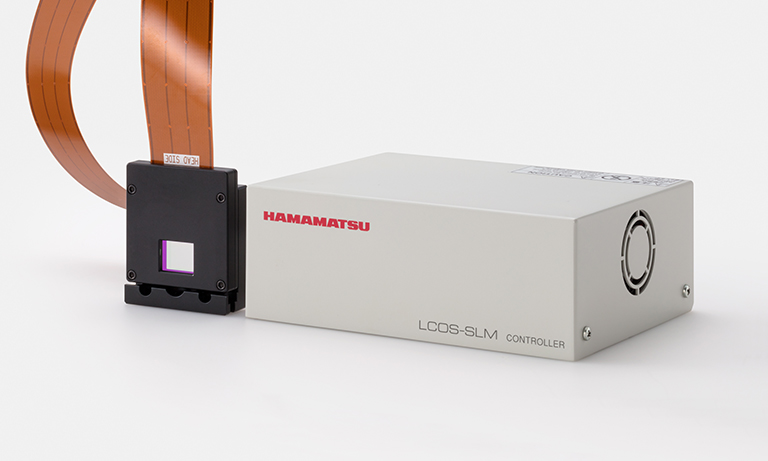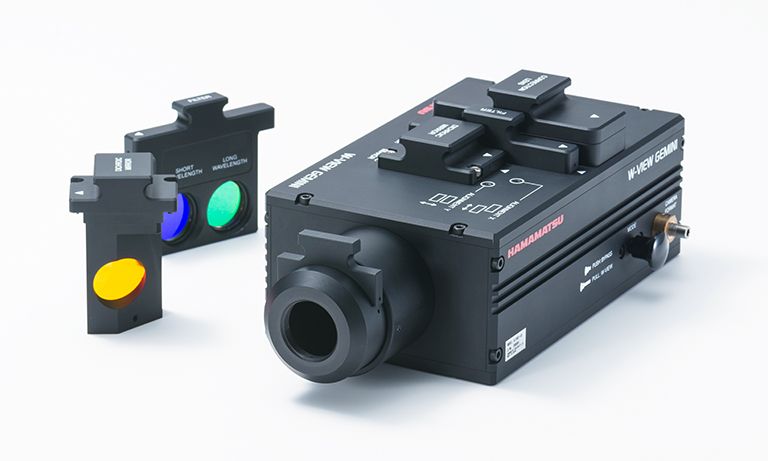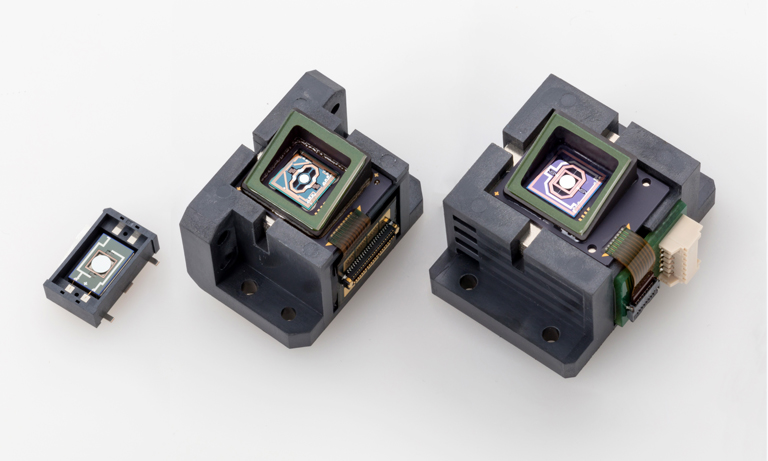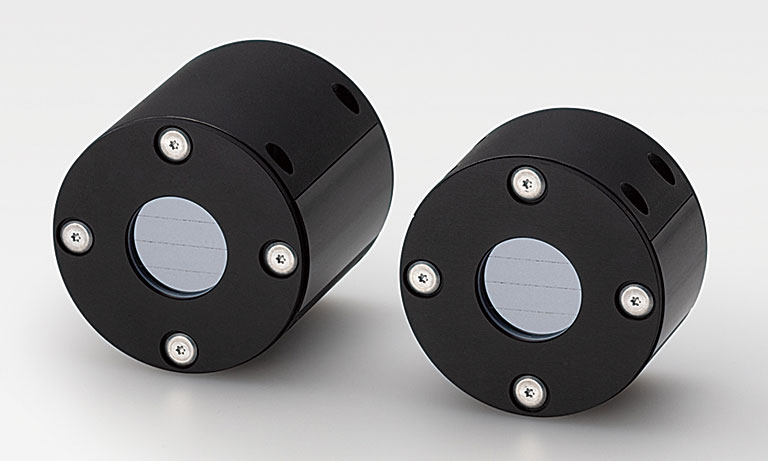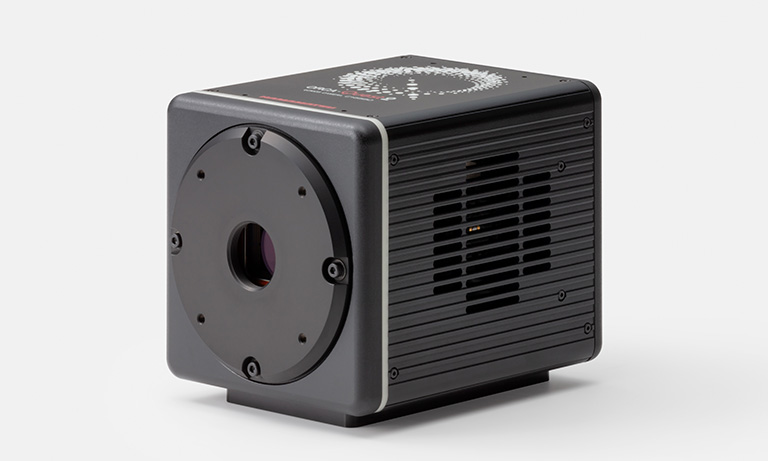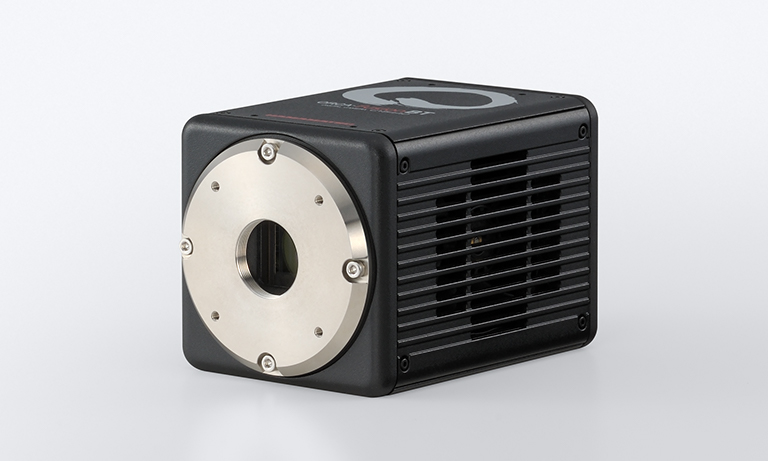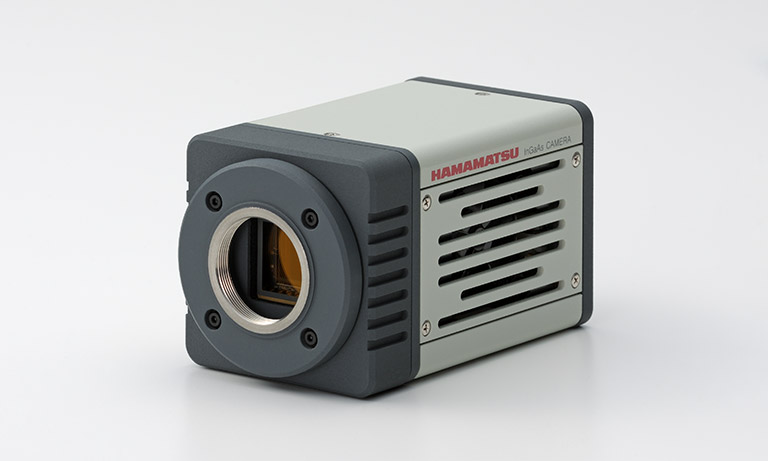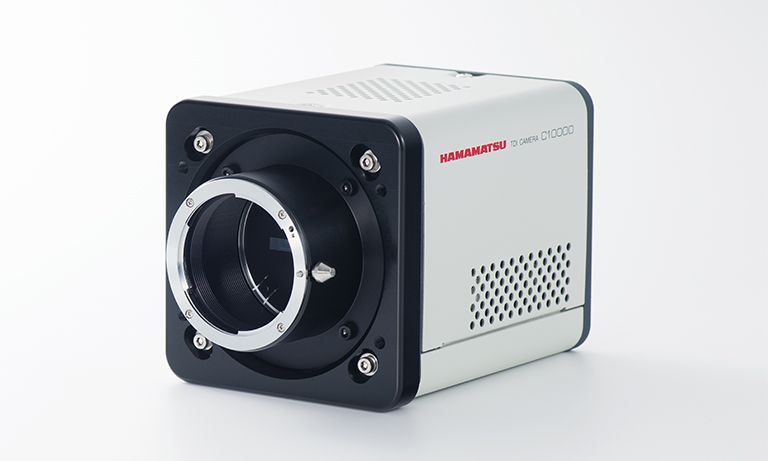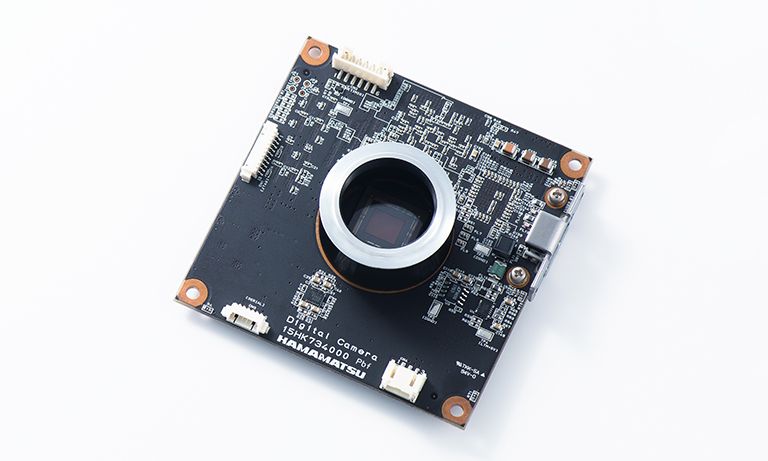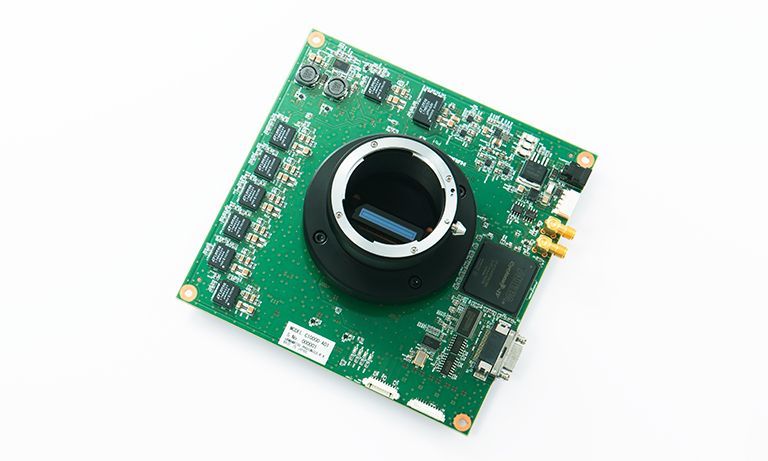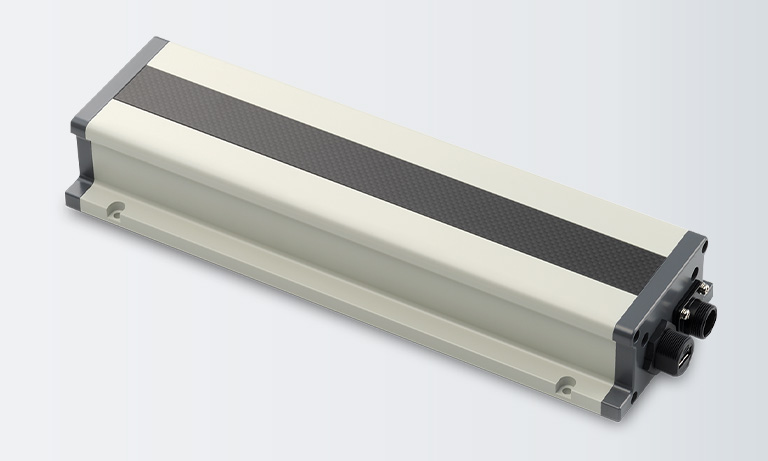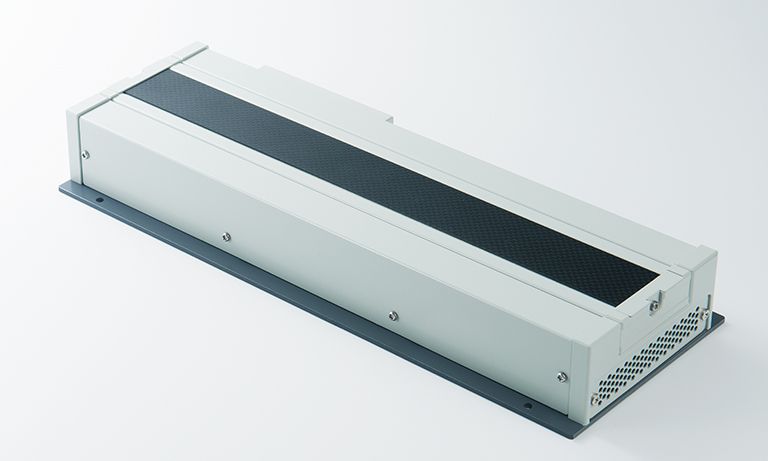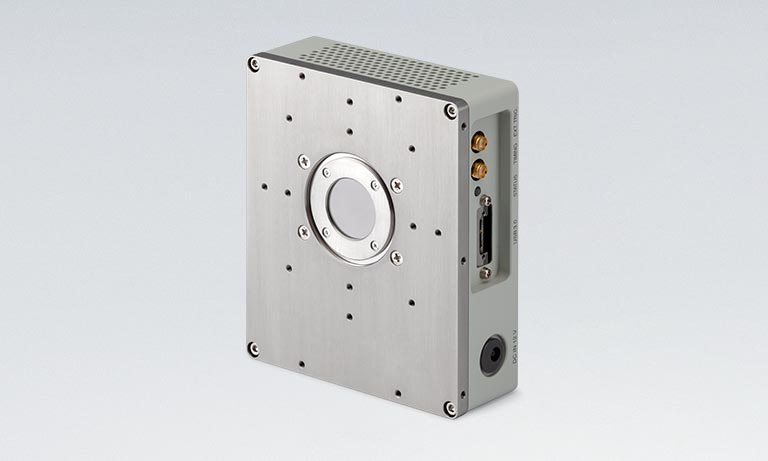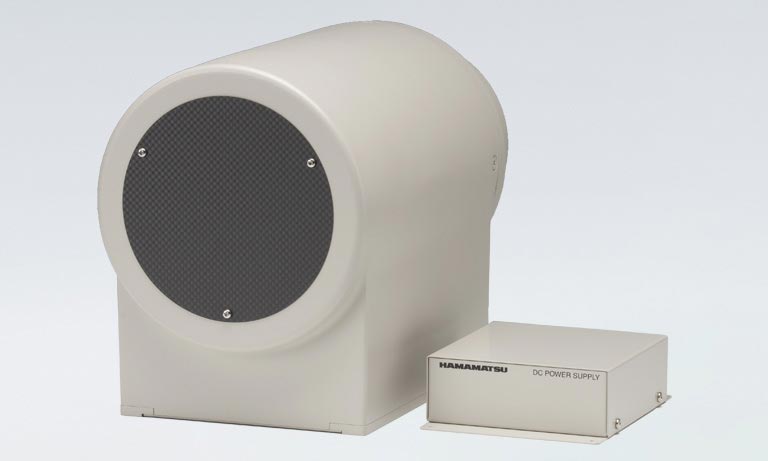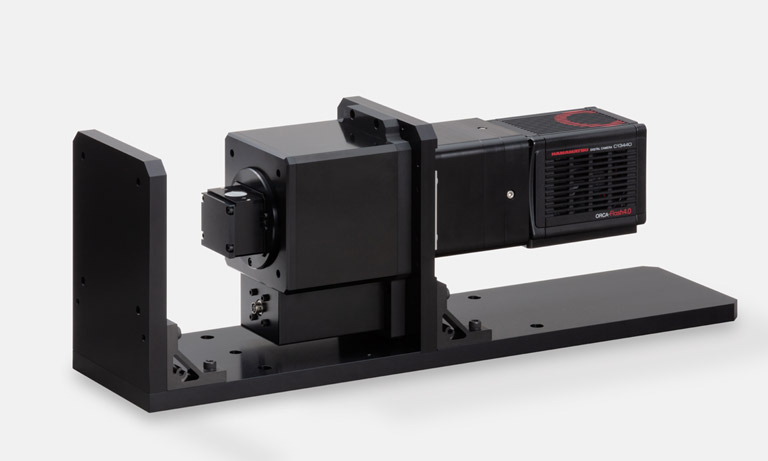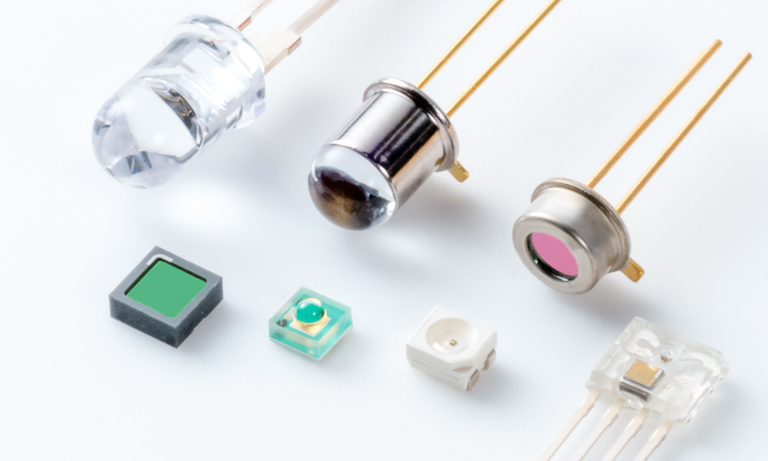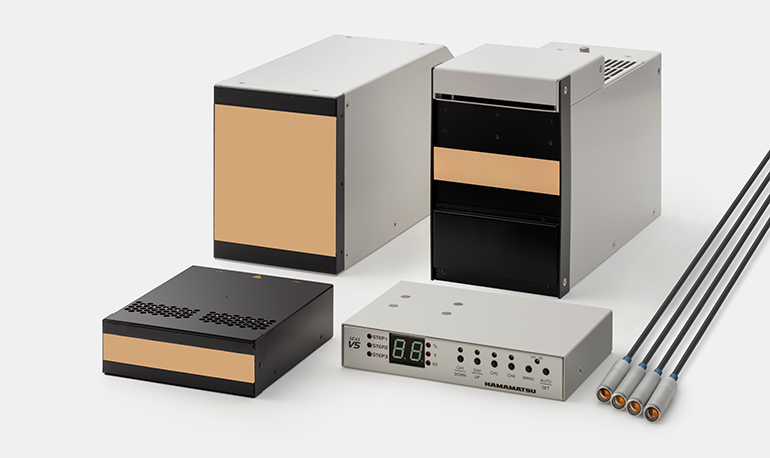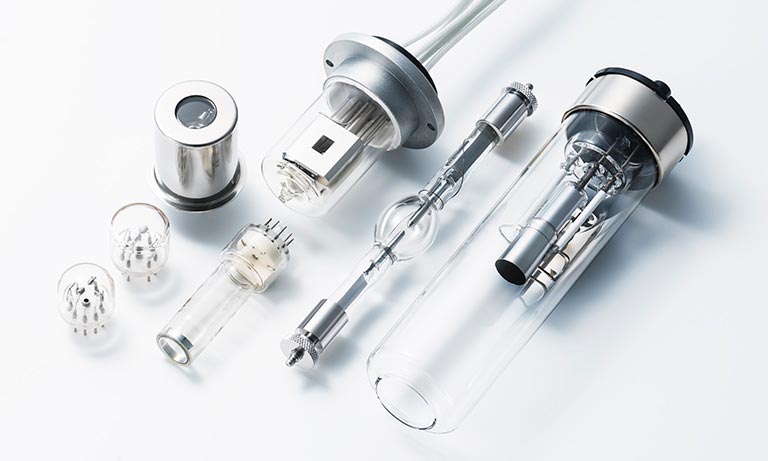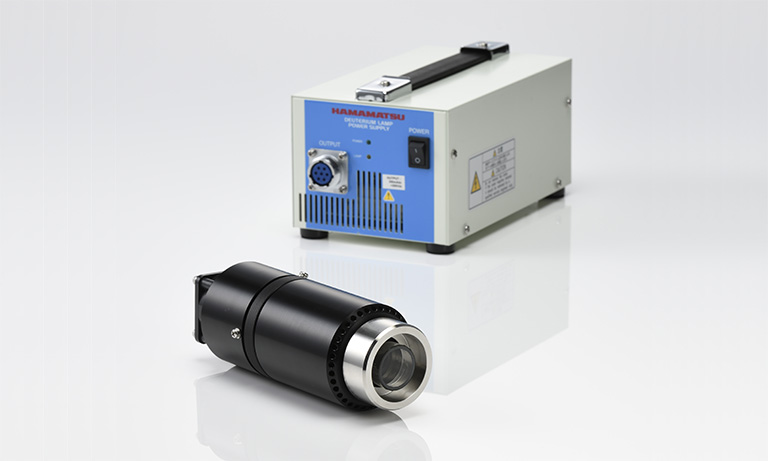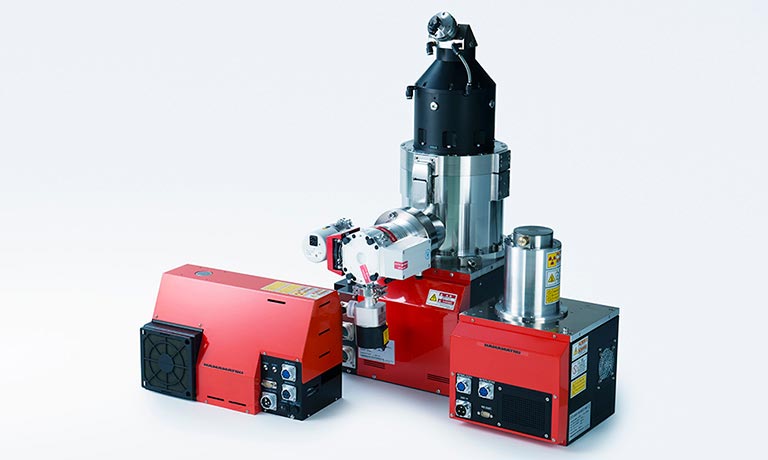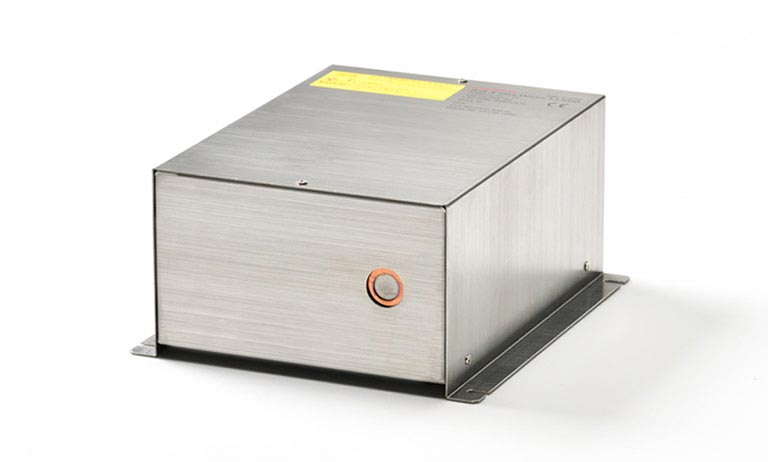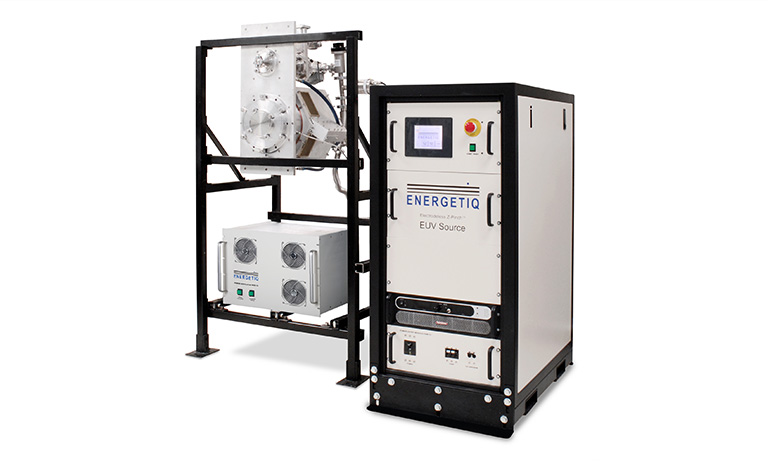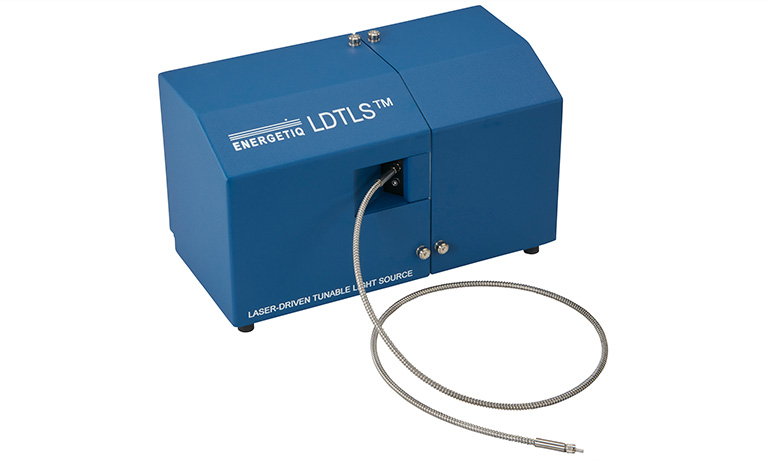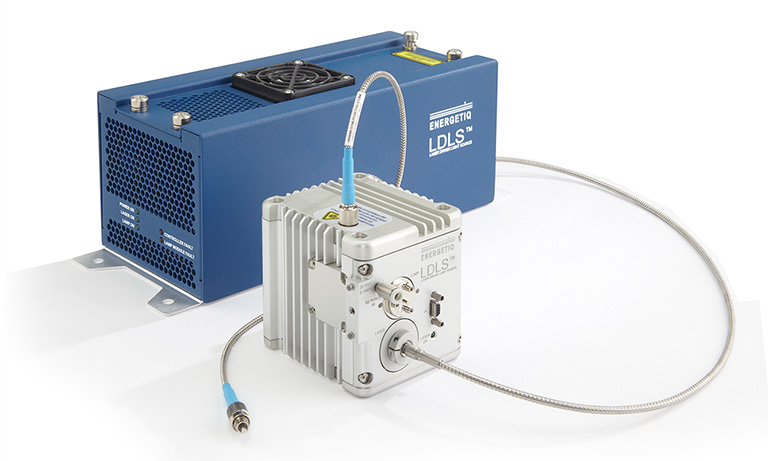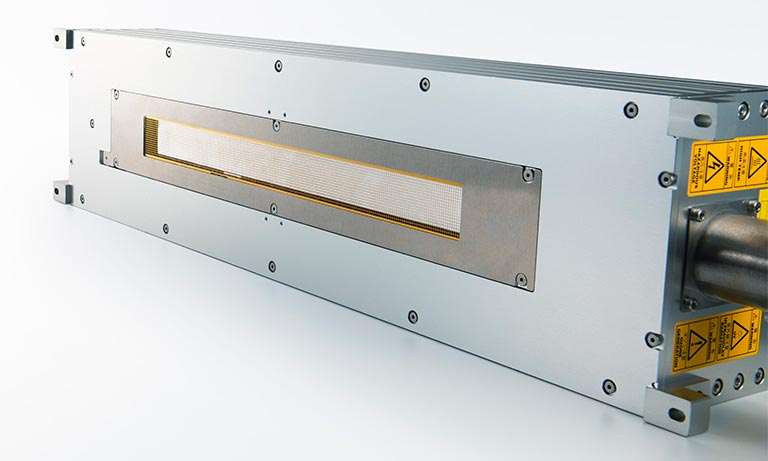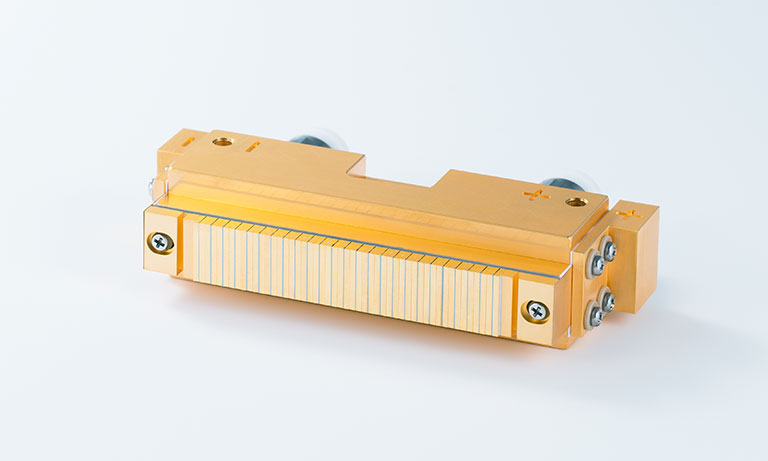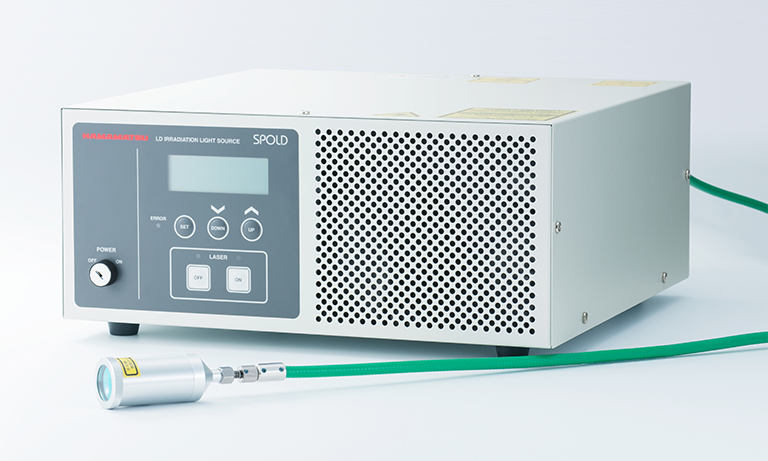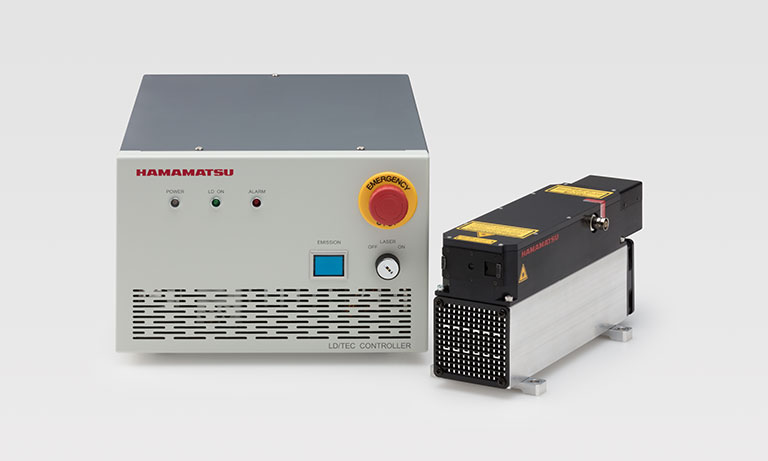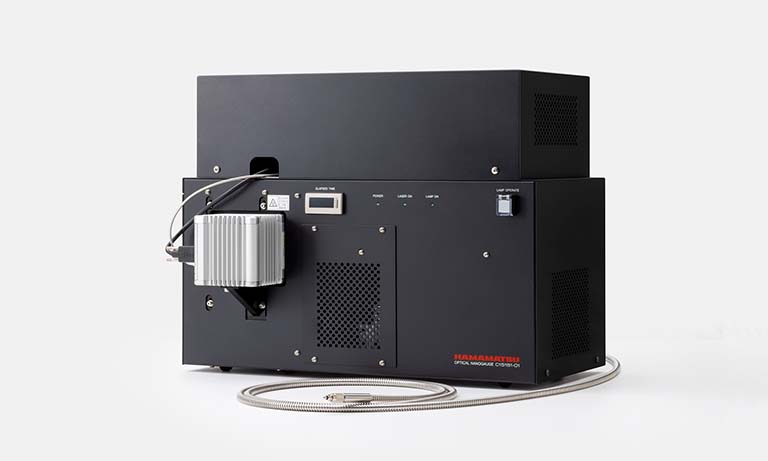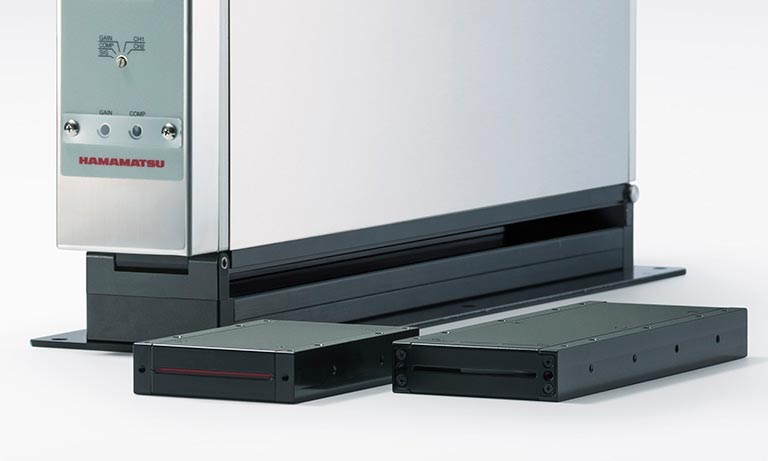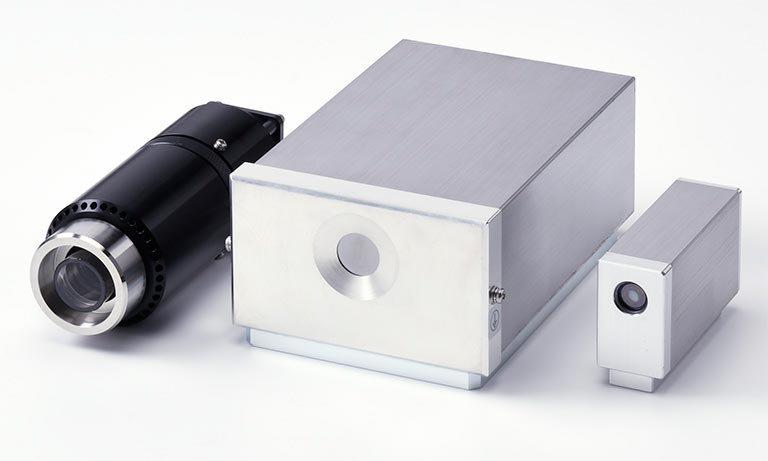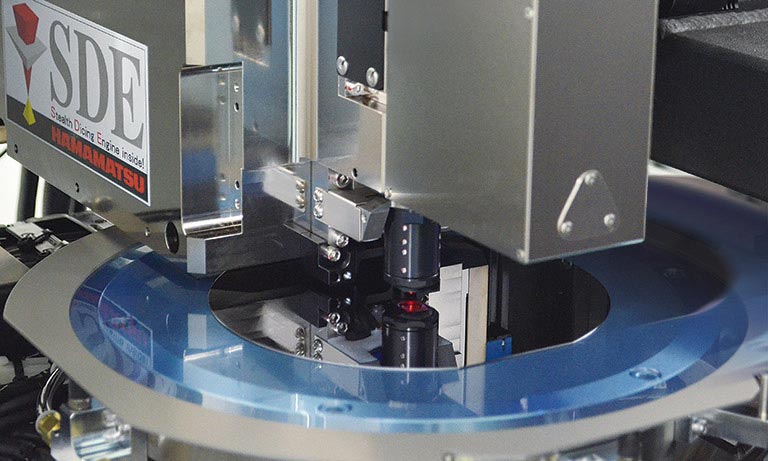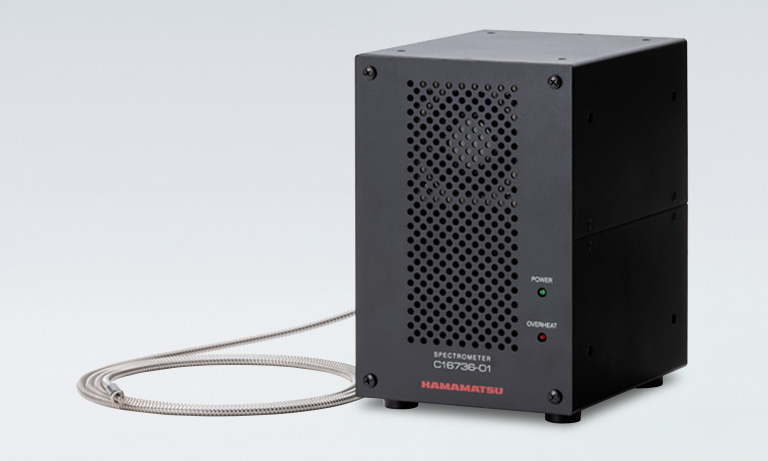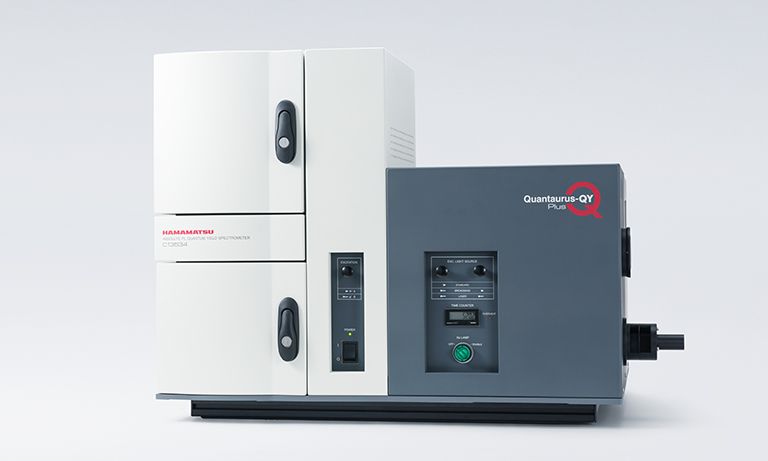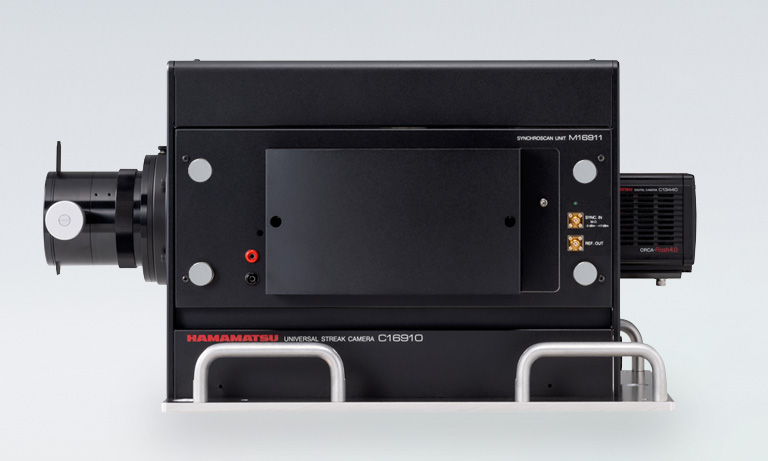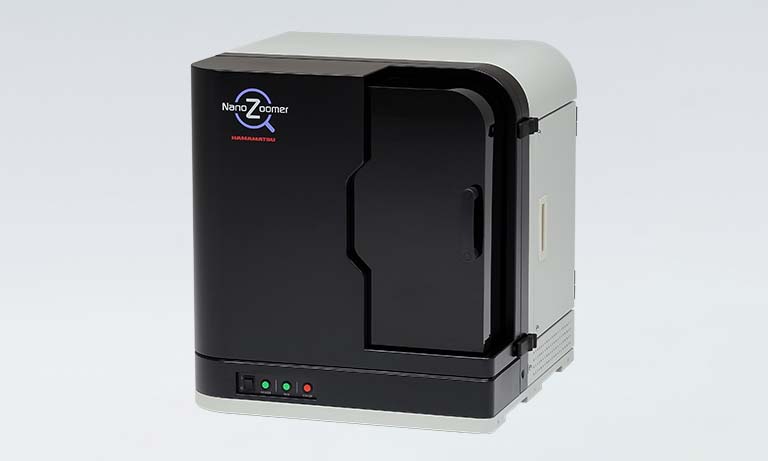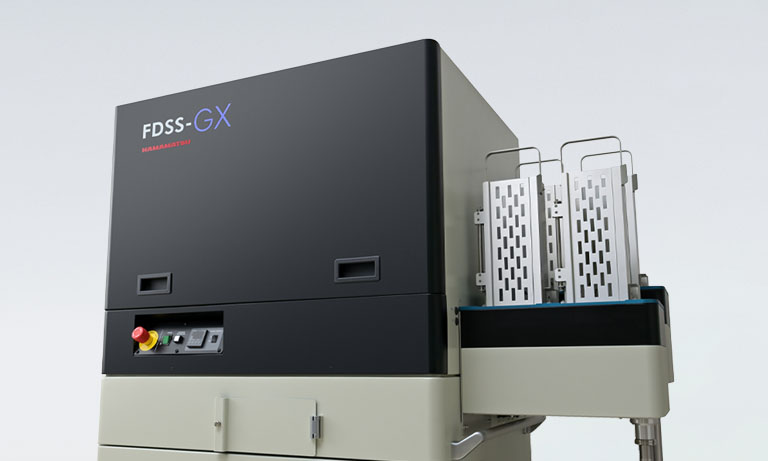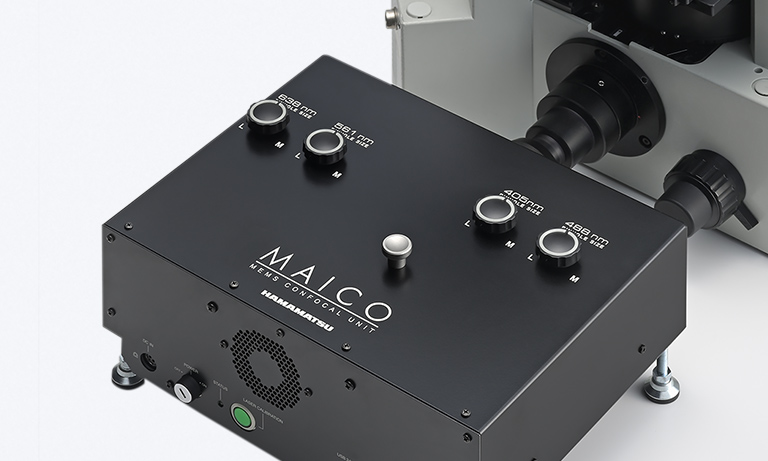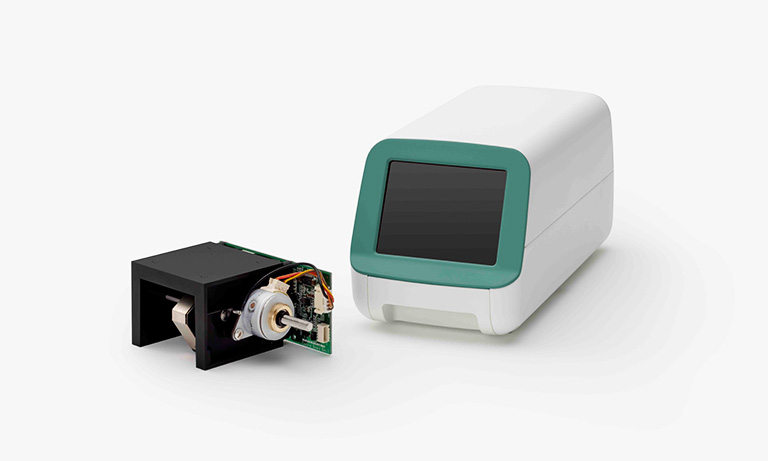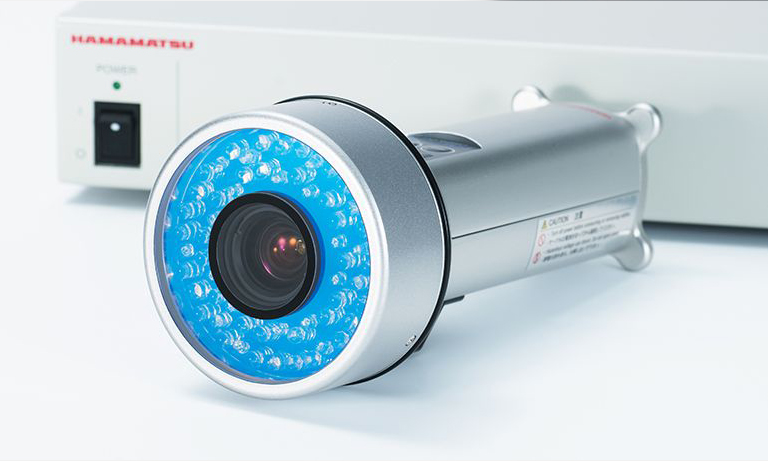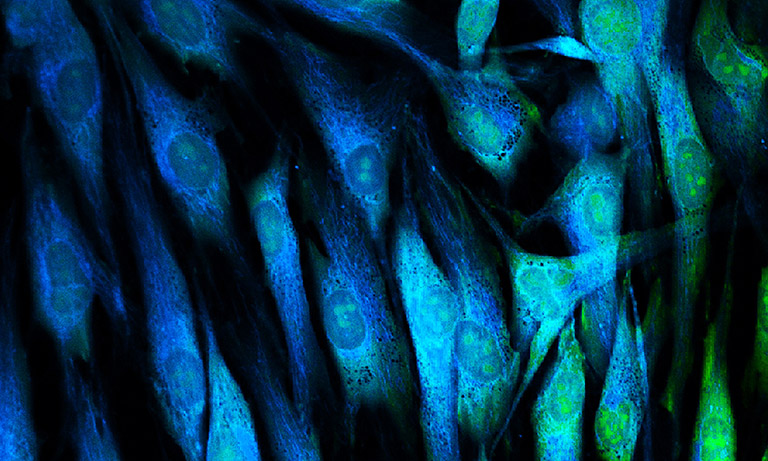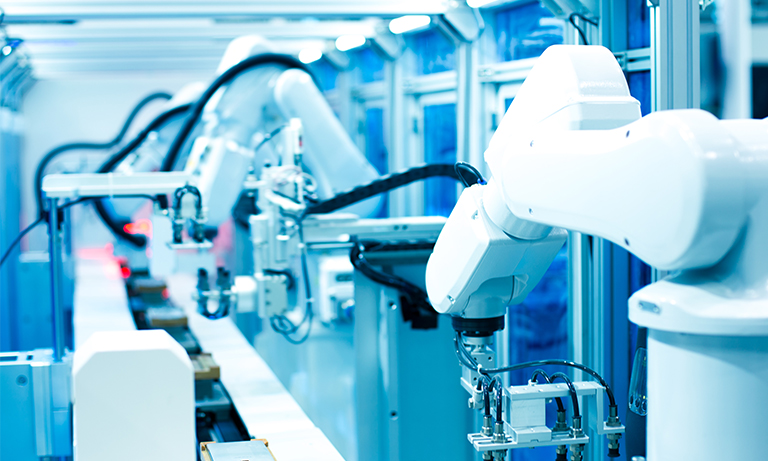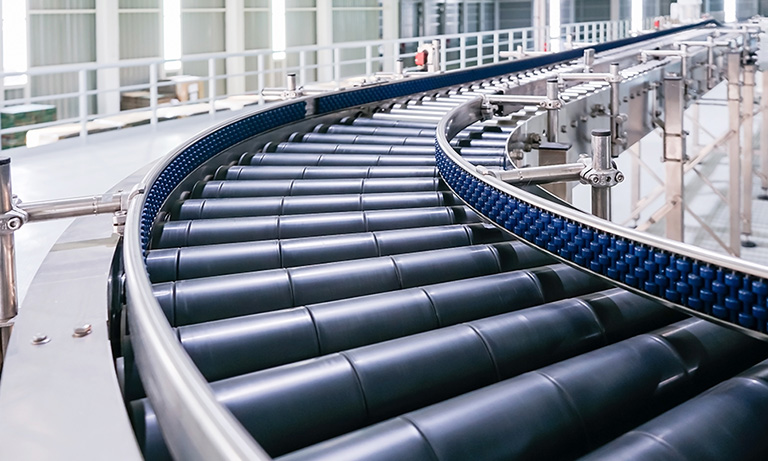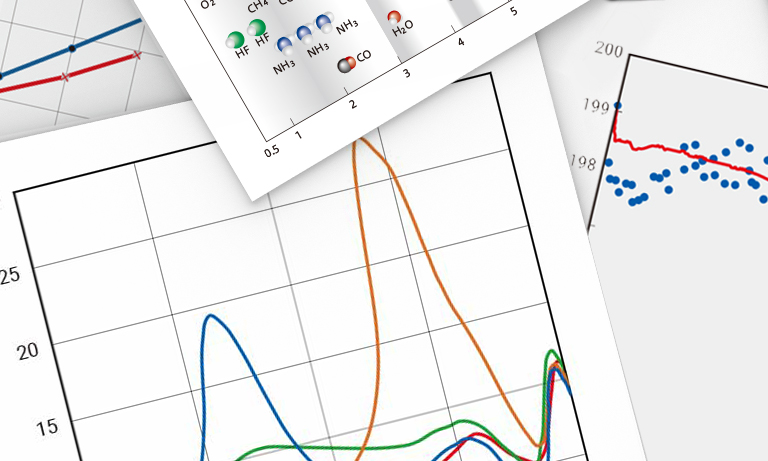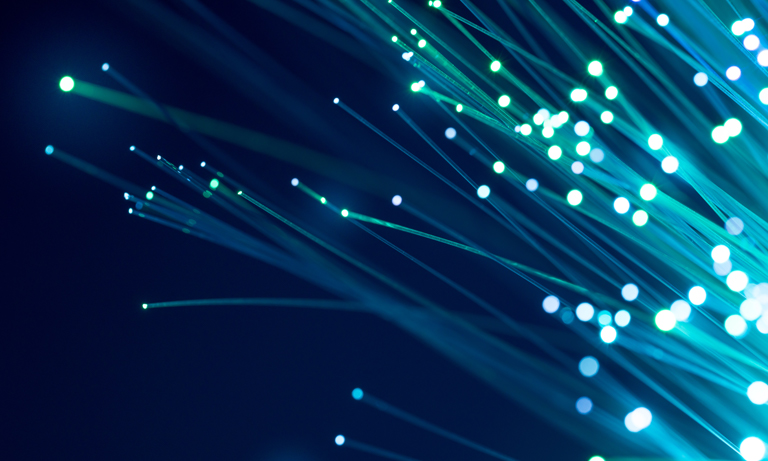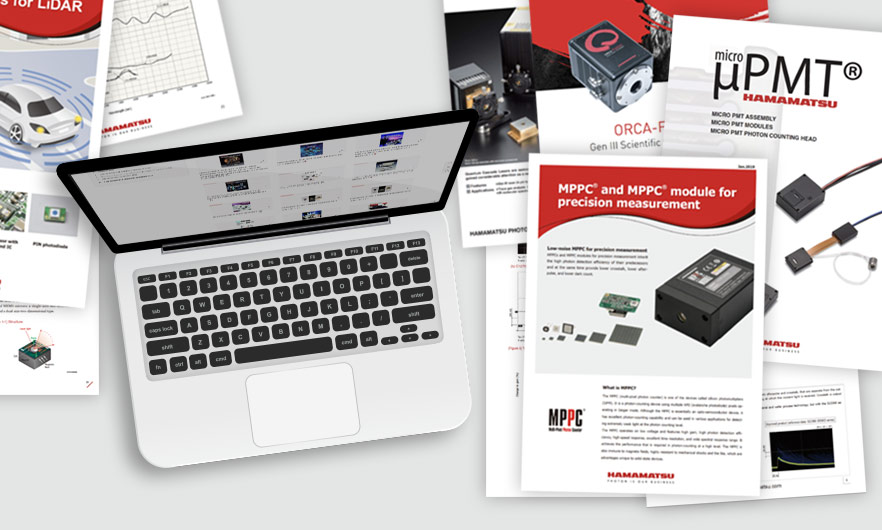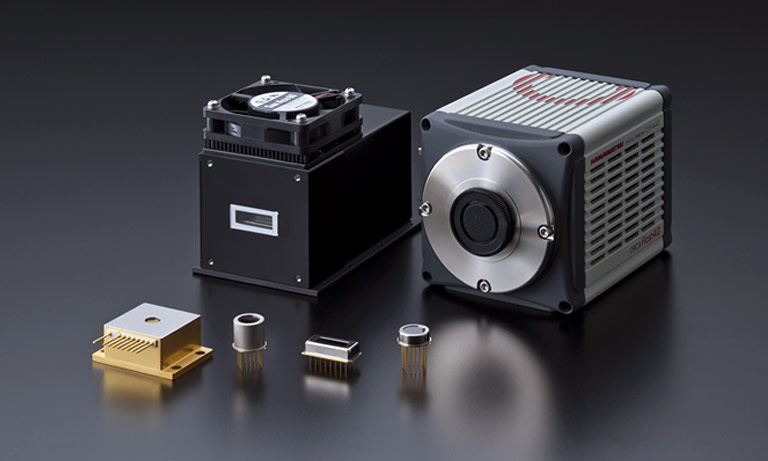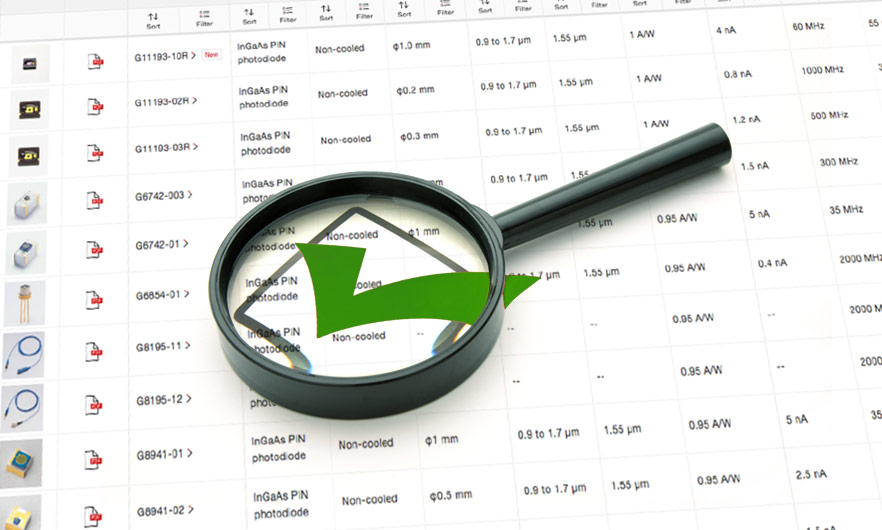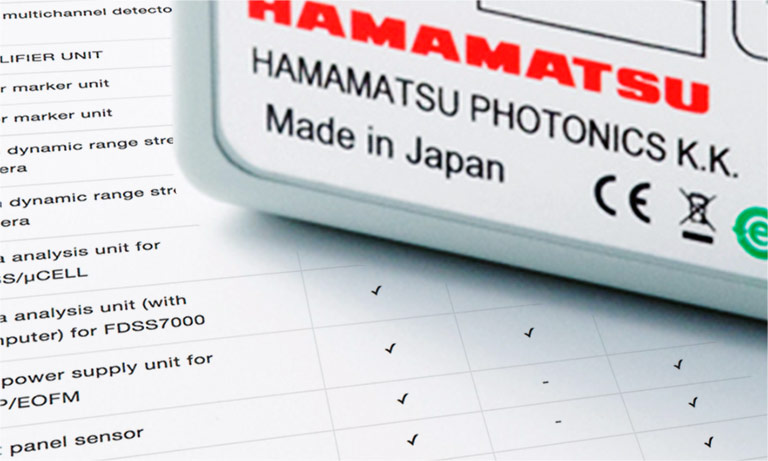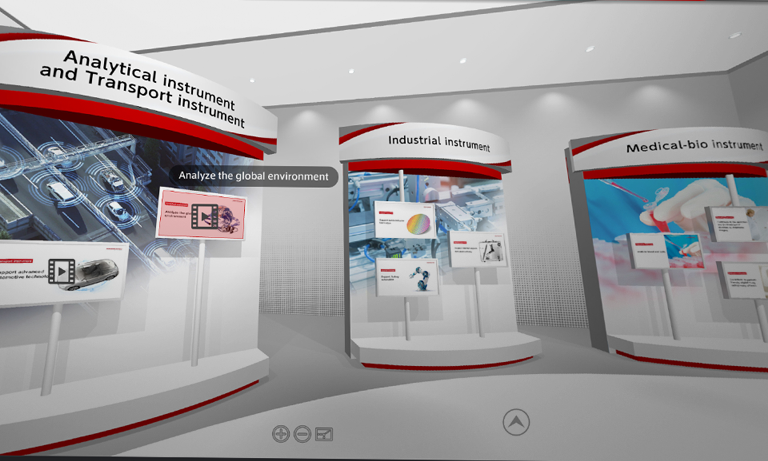Japan (EN)
Select your region or country.

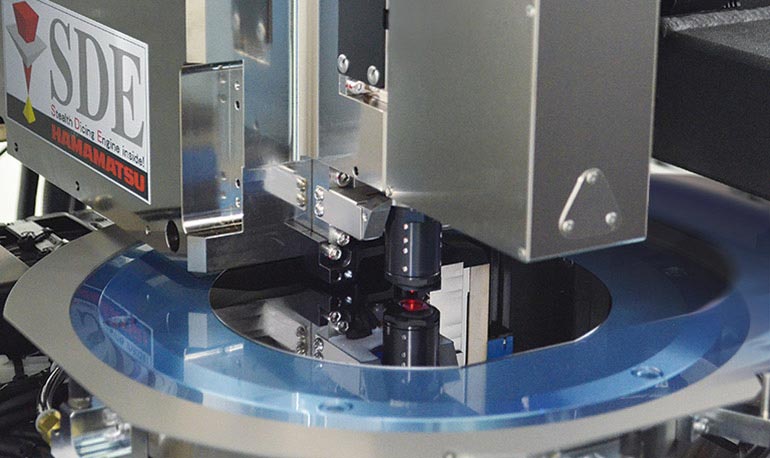
Stealth Dicing™ technology
Stealth Dicing technology is a laser dicing technology that uses lasers, with a completely new concept. The range of devices to which this technology applies will be expanding to include MEMS devices and memory devices and others, due to such features as the "completely dry process", "no kerf loss", "no chipping", "high bending strength" and the like.
Technical information of principles, features, and the latest technological trends
Currently accepting applications for documents
This documents introduces the principles, features, latest technological trend, process, and the environmental contribution of Stealth Dicing technology after sorting out the problems faced by conventional dicing technologies. Please feel free to apply for it.
Principle
Stealth Dicing technology is a technology that focuses a laser beam of a wavelength that permeates through materials, focus internally and forms a starting point for cracking the wafer (modified layer: Stealth Dicing layer, hereinafter referred to as the "SD layer"), then applies external stress to the wafer, separating it. The process is comprised primarily of two parts, namely the "laser irradiation process" in which the SD layer is formed to crack the wafer interior and the "expansion process" for separating the wafer.
Process 1: Laser irradiation process
A laser beam is focused inside a wafer to form SD layers to separate the wafer. Cracks are also formed from the SD layer, which is formed internally, towards the top and bottom surfaces of the wafer, and these cracks are connected along the line of planned cutting by scanning with the laser beam. Furthermore, to cut thick wafers such as an MEMS device, multiple SD layers are formed in the directions of thickness and cracks are then connected.
The four modes of the SD layer must be used according to the purpose; these are combined to derive optimum processing conditions. Optimum processing conditions exists according to the state of a semiconductor device, such as the thickness of the wafer or the shape of chips, as well as whether any metallic film is present and the like.
Laser irradiation principle
Photograph of SD layer inside a Si wafer
Behavior of SD layer
ST: Stealth
Cracks have not reached the top and bottom surfaces
HC: Half-cut
The crack has reached the top surface
BHC: Bottom side half-cut
The crack has reached the bottom surface
FC: Full-cut
The crack has reached the top and bottom surfaces
Process 2: Expansion process
External force is applied on a wafer in which an SD layer has formed by uniformly tensing the tape in the peripheral direction by tape expansion or the like. This applies tensile stress to the internal crack state of the wafer and extends the cracks to the top and bottom surface, separating the wafer.
Since wafer separation is performed by extending cracks, there is no stress on the device. Furthermore, since there is fundamentally no kerf loss, this can lead to an improvement of chip yield.
Before expansion
![]()
After expansion
![]()
Expansion (crack extension) principle
1. Tape is extended in a peripheral direction
2. Tensile stress extends internal crack state the wafer
3. Cracks reach the top surface and separate the wafer
Photographs of MEMS devices with a membrane structure cut using Stealth Dicing technology and devices that have protective film and metallic film are shown. This achieves a sharp dicing quality with no chipping on top and bottom surface of the chip. Favorable dicing results with no damage or adhesion of contaminants to the membrane structure at the center of the chip are achieved.
Device photographs
MEMS device with membrane structure
Device with protective and metal films
Features
Differences with conventional technologies
The Stealth Dicing technology resolves problems of blade dicing and ablation dicing with its radical principle.
Blade dicing
A diamond grinding wheel is turned at high speeds to cut wafers with the blade dicing technology, which presents the following types of problems.
○ Stress loads and recontamination due to vibration and cooling water
○ Deterioration of strength due to chipping
○ Fracture and contamination of fragile structure by scattered matter
(Addition of forming process and removal process for protective films)
○ Limitation of chip yield
○ Limitation of processing speed
Ablation dicing
Ablation dicing is a dicing technology that uses a laser. A laser beam is focused on the top surface of a wafer to carve a groove into the wafer to cut it with the ablation dicing technology, which presents the following types of problems.
○ Deterioration of strength due to a thermal effect known as the HAZ (Heat Affected Zone)
○ Fracture and contamination of fragile structure by scattered matter
(Addition of forming process and removal process for protective films)
○ Limitation of chip yield
○ Limitation of processing speed
- Confirmation
-
It looks like you're in the . If this is not your location, please select the correct region or country below.
You're headed to Hamamatsu Photonics website for JP (English). If you want to view an other country's site, the optimized information will be provided by selecting options below.
In order to use this website comfortably, we use cookies. For cookie details please see our cookie policy.
- Cookie Policy
-
This website or its third-party tools use cookies, which are necessary to its functioning and required to achieve the purposes illustrated in this cookie policy. By closing the cookie warning banner, scrolling the page, clicking a link or continuing to browse otherwise, you agree to the use of cookies.
Hamamatsu uses cookies in order to enhance your experience on our website and ensure that our website functions.
You can visit this page at any time to learn more about cookies, get the most up to date information on how we use cookies and manage your cookie settings. We will not use cookies for any purpose other than the ones stated, but please note that we reserve the right to update our cookies.
1. What are cookies?
For modern websites to work according to visitor’s expectations, they need to collect certain basic information about visitors. To do this, a site will create small text files which are placed on visitor’s devices (computer or mobile) - these files are known as cookies when you access a website. Cookies are used in order to make websites function and work efficiently. Cookies are uniquely assigned to each visitor and can only be read by a web server in the domain that issued the cookie to the visitor. Cookies cannot be used to run programs or deliver viruses to a visitor’s device.
Cookies do various jobs which make the visitor’s experience of the internet much smoother and more interactive. For instance, cookies are used to remember the visitor’s preferences on sites they visit often, to remember language preference and to help navigate between pages more efficiently. Much, though not all, of the data collected is anonymous, though some of it is designed to detect browsing patterns and approximate geographical location to improve the visitor experience.
Certain type of cookies may require the data subject’s consent before storing them on the computer.
2. What are the different types of cookies?
This website uses two types of cookies:
- First party cookies. For our website, the first party cookies are controlled and maintained by Hamamatsu. No other parties have access to these cookies.
- Third party cookies. These cookies are implemented by organizations outside Hamamatsu. We do not have access to the data in these cookies, but we use these cookies to improve the overall website experience.
3. How do we use cookies?
This website uses cookies for following purposes:
- Certain cookies are necessary for our website to function. These are strictly necessary cookies and are required to enable website access, support navigation or provide relevant content. These cookies direct you to the correct region or country, and support security and ecommerce. Strictly necessary cookies also enforce your privacy preferences. Without these strictly necessary cookies, much of our website will not function.
- Analytics cookies are used to track website usage. This data enables us to improve our website usability, performance and website administration. In our analytics cookies, we do not store any personal identifying information.
- Functionality cookies. These are used to recognize you when you return to our website. This enables us to personalize our content for you, greet you by name and remember your preferences (for example, your choice of language or region).
- These cookies record your visit to our website, the pages you have visited and the links you have followed. We will use this information to make our website and the advertising displayed on it more relevant to your interests. We may also share this information with third parties for this purpose.
Cookies help us help you. Through the use of cookies, we learn what is important to our visitors and we develop and enhance website content and functionality to support your experience. Much of our website can be accessed if cookies are disabled, however certain website functions may not work. And, we believe your current and future visits will be enhanced if cookies are enabled.
4. Which cookies do we use?
There are two ways to manage cookie preferences.
- You can set your cookie preferences on your device or in your browser.
- You can set your cookie preferences at the website level.
If you don’t want to receive cookies, you can modify your browser so that it notifies you when cookies are sent to it or you can refuse cookies altogether. You can also delete cookies that have already been set.
If you wish to restrict or block web browser cookies which are set on your device then you can do this through your browser settings; the Help function within your browser should tell you how. Alternatively, you may wish to visit www.aboutcookies.org, which contains comprehensive information on how to do this on a wide variety of desktop browsers.
5. What are Internet tags and how do we use them with cookies?
Occasionally, we may use internet tags (also known as action tags, single-pixel GIFs, clear GIFs, invisible GIFs and 1-by-1 GIFs) at this site and may deploy these tags/cookies through a third-party advertising partner or a web analytical service partner which may be located and store the respective information (including your IP-address) in a foreign country. These tags/cookies are placed on both online advertisements that bring users to this site and on different pages of this site. We use this technology to measure the visitors' responses to our sites and the effectiveness of our advertising campaigns (including how many times a page is opened and which information is consulted) as well as to evaluate your use of this website. The third-party partner or the web analytical service partner may be able to collect data about visitors to our and other sites because of these internet tags/cookies, may compose reports regarding the website’s activity for us and may provide further services which are related to the use of the website and the internet. They may provide such information to other parties if there is a legal requirement that they do so, or if they hire the other parties to process information on their behalf.
If you would like more information about web tags and cookies associated with on-line advertising or to opt-out of third-party collection of this information, please visit the Network Advertising Initiative website http://www.networkadvertising.org.
6. Analytics and Advertisement Cookies
We use third-party cookies (such as Google Analytics) to track visitors on our website, to get reports about how visitors use the website and to inform, optimize and serve ads based on someone's past visits to our website.
You may opt-out of Google Analytics cookies by the websites provided by Google:
https://tools.google.com/dlpage/gaoptout?hl=en
As provided in this Privacy Policy (Article 5), you can learn more about opt-out cookies by the website provided by Network Advertising Initiative:
http://www.networkadvertising.org
We inform you that in such case you will not be able to wholly use all functions of our website.
Close
